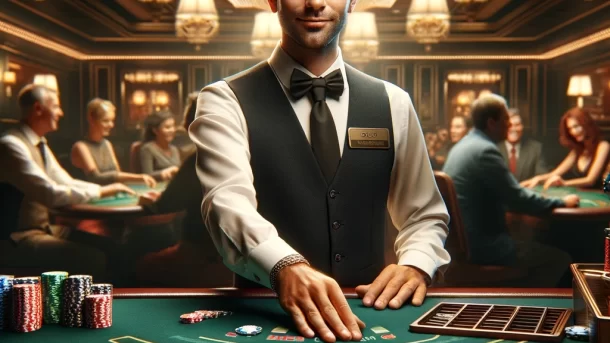When it comes to the world of gambling, many people are looking for effective techniques and strategies that can increase their chances of winning. However, mastering casino strategies is not an easy task. It requires a deep understanding of the games, a disciplined approach, and a willingness to learn from both successes and failures.
Continue reading…Decoding Casino Dealer Salaries
The world of casinos is often associated with glamour, excitement, and the potential for big winnings. But have you ever wondered how much the casino dealers themselves earn? In this article, we will delve into the complexities of casino dealer salaries, uncovering the factors that determine their earnings and unveiling the hidden dynamics behind their remuneration.
Continue reading…Insights into Casino Earnings
Casinos have long been synonymous with glamour, excitement, and the chance to win big. But have you ever wondered how these establishments actually make money? In this article, we will delve into the world of casino earnings, uncovering the financial aspect and unveiling revenue figures. Let’s take a closer look.
Continue reading…Guide to Becoming a Casino Dealer
Becoming a casino dealer can be an exciting career choice for those who enjoy the fast-paced and exhilarating environment of a casino. It is a role that requires a combination of technical skills, interpersonal abilities, and a deep understanding of the games being played. In this comprehensive guide, we will explore the essential skills and training required to excel as a casino dealer, as well as strategies for success in the industry.
Continue reading…


